Managing for Results
15. Evidence-Based Grantmaking
Does the state use evidence to allocate grant funds?
Nevada
Leading Example
Since 2017, the Nevada Department of Education (NDE) has allocated 100% of the state’s $9.5 million in federal Title I school improvement funds to districts and schools for interventions backed by strong, moderate, or promising evidence (using the top three tiers of evidence as defined by the federal Every Student Succeeds Act [ESSA]). This represented an increase over the approximately 15% of funds that had been allocated based on level of evidence in the 2016-2017 school year. Grant recipients may set aside funds to monitor and evaluate the identified evidence-based approaches to ensure the investments yield a positive impact on student outcomes.
Beginning in 2017, NDE also began requiring school districts to invest awarded funds from two additional federal grant programs in interventions that meet one of the four tiers of evidence (strong, moderate, promising, and under evaluation) defined in ESSA: (1) ESSA Title IV-B ($9 million in 2017-2018), for the competitive 21st Century Community Learning Centers grants; and (2) ESSA Title IV-A grants ($9.4 million in federal funds to Nevada in 2017-2018) to increase students’ access to a well-rounded education. Applications with stronger evidence are considered for funding before other applications.
Starting in 2013, the Nevada State Legislature passed a series of laws with strong evidence requirements that were later aligned state education funding with ESSA’s tiered evidence definition in 2017. The following six programs require grantees to use interventions that meet one of the four ESSA evidence tiers (though supplemental curriculum and professional development must meet the top three tiers: strong, moderate, or promising):
- Zoom School program, first enacted in 2013, supports competitive grants ($50 million per year in state education funds) to help school districts provide English language instruction to nonnative speakers;
- Nevada Turnaround grant program, authorized in 2017, is a competitive grant program ($2 million in state education funds per year) that helps underperforming schools implement their school improvement plans;
- SB 178, authorized in 2017, gives weighted formula grants to support extended learning opportunities in schools (approximately $1,200 for every eligible student in 2019 total funding of $70 million in state funds per year);
- College and Career Readiness, a competitive grant program ($4.9 million in state education funds per year), created in 2017, helps school districts establish advanced academic programs for middle school and high school students;
- Victory Schools initiative ($25 million in state education funds per year), created in 2015 and reauthorized in 2019, aims to improve results in the state’s lowest-performing schools in the most underprivileged zip codes; and
- Read by Grade Three Act ($31 million in state funds in 2019-2020), amended in 2019, allocates funds to school districts through a formula grant process to support student literacy.
Issue Areas: Education
Promising Examples

Colorado
Colorado
In 2018, the Colorado Department of Education grant program for school improvement, Empowering Action for School Improvement, required schools to use evidence-based practices as defined by the federal Every Student Succeeds Act (ESSA). The application gives points for the use of evidence-based strategies, as well as points based on past performance for applicants who are seeking to expand existing initiatives. Further, the Colorado Reading to Ensure Academic Development (READ) Act, amended in 2019, emphasizes the use of evidence-based instructional practices to support early literacy. It required use of program funds for external program evaluation; created a science-based early literacy block grant program of $2.5 million annually; and required districts receiving funds in the school year 2021-2022 to have K-3 teachers complete evidence-based training in teaching reading.
Issue Areas: Education

Georgia
Georgia
Georgia’s Division of Family and Children Services’ Promoting Safe and Stable Families program requires that all “service plans must include evidence-based programs, practices, and/or strategies proven effective in meeting the needs of children and their families.” The evidence-based requirement in the requests for proposal (Form 3) includes the following components: a description of the evidence-based model, practice, or strategies for service delivery; the evidence-based rating from the California Evidence-Based Clearinghouse for Child Welfare (CEBC) or comparable rating from a relevant clearinghouse; a description of how the evidence-based model, practice, or strategy will be effective in meeting the grant’s objectives; and a description of how the model will be implemented.
Issue Areas: Child Welfare, Economic Mobility, Health

Massachusetts
Massachusetts
The Massachusetts Department of Elementary and Secondary Education (DESE) distributes competitive federal funds through the School Redesign Grant to help districts improve their lowest-performing schools. The school and districts, in partnership with the state, develop a sustainable improvement plan, which guides the approach to rapid school improvement. The state requires that the plan, in order to meet both state and federal requirements, must incorporate at least one strategy backed by evidence that meets the criteria from one of the top three evidence tiers as defined by the federal Every Student Succeeds Act (ESSA). The department provides support to potential applicants on using evidence-based practices through its How Do We Know Initiative.
In 2021, DESE used state funds to award almost $900,000 in evidence-based early literacy grants, which required that schools implement evidence-based practices in “culturally responsive and sustaining high-quality literacy instruction.” Also in 2021, DESE adopted a new statewide definition of evidence. DESE included the definition in plans required by the Student Opportunity Act (SOA). As part of the SOA, “districts are required to submit three-year, evidence-based plans aimed at closing persistent disparities in achievement among student subgroups.”
Issue Areas: Education, Equity

Minnesota
Minnesota
A 2019 Minnesota law (Sec. 127) requires the Minnesota Management and Budget (MMB) to systematically review the Department of Human Services’ use of evidence in allocating hundreds of millions of dollars in grant funding each biennium.
Two evidence-based grants operated in Minnesota include:
- A 2019 Minnesota law created grants to address the state’s opioid addiction and overdose epidemic. In 2020, 77% percent of the grant funding was invested in evidence-based services (promising or proven-effective), including medication-assisted treatment, naloxone, and peer support for substance abuse.
- The Minnesota Statewide Health Improvement Program ($17.6 million) requires that 75% of grant funding goes to evidence-based programs, defined as those programs supported by experimental or quasi-experimental design studies; 25% of grant funding may go to theory-based services. The statute allows 100% of funding to tribal nations to be theory-based, recognizing the lack of generalizable evidence and discomfort with this way of knowing in American Indian communities. The practices must: (1) address the leading preventable causes of illness and death, such as tobacco use or exposure, poor diet, and lack of regular physical activity, and other issues as determined by the commissioner; (2) promote the development, availability, and use of evidence-based, community level, comprehensive strategies to create healthy communities; and (3) measure the impact of the evidence-based, community health improvement practices, which over time work to contain health care costs and reduce chronic diseases.
Issue Areas: Equity, Health

Multiple States
Multiple States
Multiple states allocate points for evidence in their AmeriCorps State grants. These state applications for AmeriCorps national service funds are modeled after the FY21 Notice of Funding Opportunity for AmeriCorps state and national grants operated by AmeriCorps, the federal agency for service and volunteering. These states allocate up to 20 points (out of 100) for the level and quality of evidence proposed by the applicant to assess “the likelihood that the proposed intervention will lead to [the desired] outcomes.”

Ohio
Ohio
The Ohio Department of Higher Education’s Aspire program uses a performance-based funding contract for workforce readiness education providers. Grants, awarded in a three-year cycle (FY18-21), require applicants to describe how the program uses rigorous research and evidence-based instruction (p. 24) and to demonstrate effectiveness through performance data (p. 8). Performance is measured annually and funding is adjusted based on performance against established benchmarks.
In 2019, the Ohio Department of Education launched a new program, Student Wellness and Success: Ideas for Innovation, to help school districts use novel strategies to increase mental health counseling, wraparound services, and mentoring programs. The evidence built from these innovation grants will be included in the Ohio Evidence-Based Clearinghouse.
Issue Areas: Education, Workforce

Oregon
Oregon
A 2003 Oregon law provides a definition of evidence and states that the Oregon Department of Corrections, the Oregon Youth Authority, the Oregon Youth Development Division, and “the part of the Oregon Health Authority that deals with mental health and addiction issues” shall (1) “spend at least 75% of state moneys that the agency receives for programs on evidence-based programs;” (2) perform cost-benefit analyses; and (3) compile a biennial program inventory with results from funded programs. As of 2018, the Youth Authority spent “90% of general funds and almost 92% of total funds subject to Oregon’s Senate Bill 267 (SB267) on evidence-based programming.”
Issue Areas: Child Welfare, Criminal Justice, Education, Health

Pennsylvania
Pennsylvania
In August 2021, the Department of Labor and Industry released a Notice of Grant Availability for up to $4 million of funding for Pennsylvania Industry Partnerships grants. Grant applicants will be evaluated in part by data collection and performance outcomes (15 points out of 100) as well as evidence building and project effectiveness (10 points out of 100). As part of the latter category, applicants must identify their level (or category) of evidence and “explain how they intend to strengthen their ability to utilize evidence for the purposes of evaluating program outcomes.”
Issue Areas: Economic Mobility, Workforce

Tennessee
Tennessee
A 2007 Tennessee law defined evidence and required that 100% of the state’s juvenile justice funding be evidence-based beginning in 2012, with the exception of pilot programs that are building the evidence basis for research or theory-based interventions. As a result, the Tennessee Department of Children’s Services’ 2017 Request for Proposal for juvenile justice services, which provided funding through 2020, noted that “the Department of Children’s Services is prohibited from expending state funds on any juvenile justice program…unless the program is evidence-based.”
Issue Areas: Child Welfare, Criminal Justice

Texas
Texas
In 2020, the Texas Workforce Commission (TWC), in partnership with the Office of the Governor, Texas Workforce Investment Council (TWIC), and Rural Capital Area Workforce Board, collaborated to develop a new evidence framework to better measure the impact of publicly funded workforce development programs.
In July 2020, the commission approved $1.8 million in Workforce Innovation and Opportunity Act (WIOA) statewide funding for the Building and Construction Trades project, which will utilize the evidence framework to better measure the success of the grant program which provides training to opportunity youth.
In March 2021, TWC released a performance-based RFA for the project, which used a statewide evidence framework and embedded performance outcomes in the application and selection criteria for grantees. Further, 15% of funds are linked to outcome-based payments.
In April 2021, TWIC and TWC launched the Texas Talent Connection grant program for workforce training and job placement services. Applicants were reviewed using the statewide evidence framework. For example, according to the evidence-based grantmaking website, the grant program includes “incentives for grant applicants to identify and use program models that have demonstrated a record of effective outcomes” and “will be requesting performance data and effectiveness evidence” from grantees choosing to use innovative but less-tested proposals. In July 2021, $5.5 million was awarded to 18 additional grantees.
Issue Areas: Workforce

Vermont
Vermont
In 2018, the Vermont Agency of Education adopted four tiers of evidence, based on the federal Every Student Succeeds Act (ESSA), to inform the distribution of education funds, including federal education and state-funded grants (such as BEST/Act 230 and Flexible Pathways; see sample statement of evidence). The guidance states: “applying the same requirement to both federal and state grants will allow for greater consistency in the review and approval of grant applications.”
